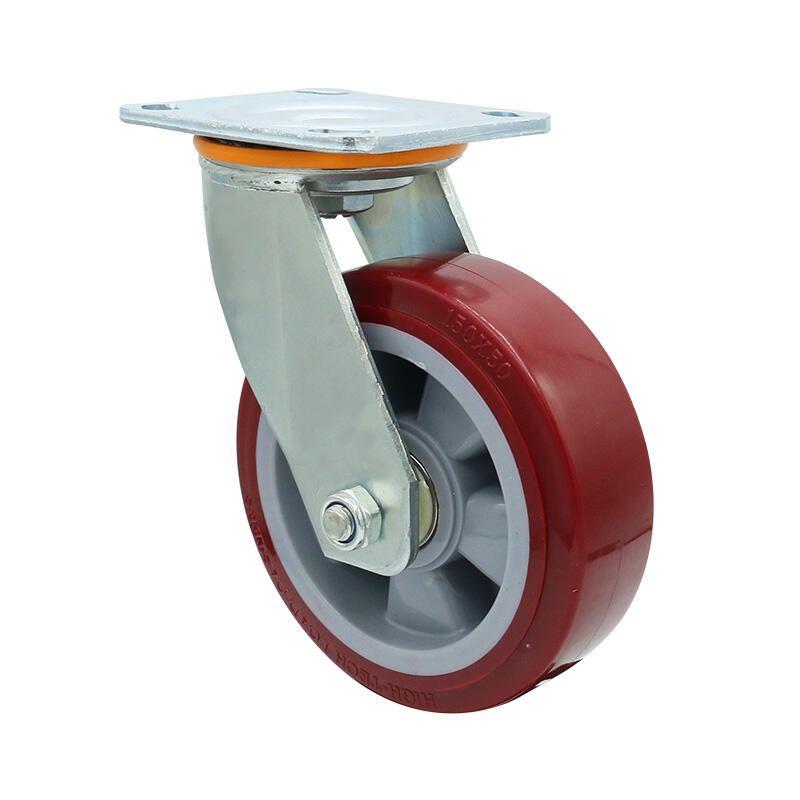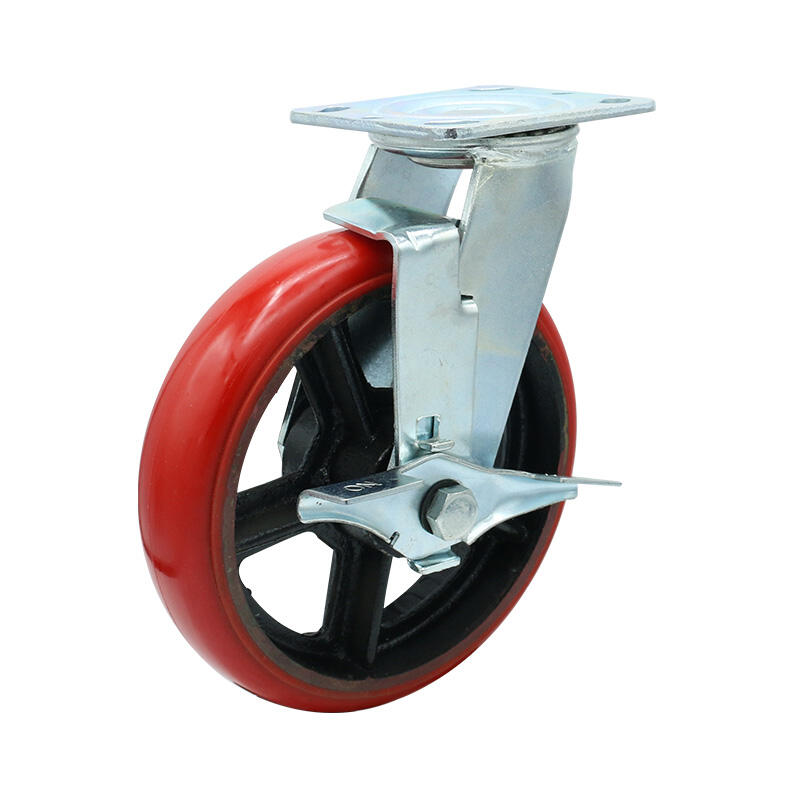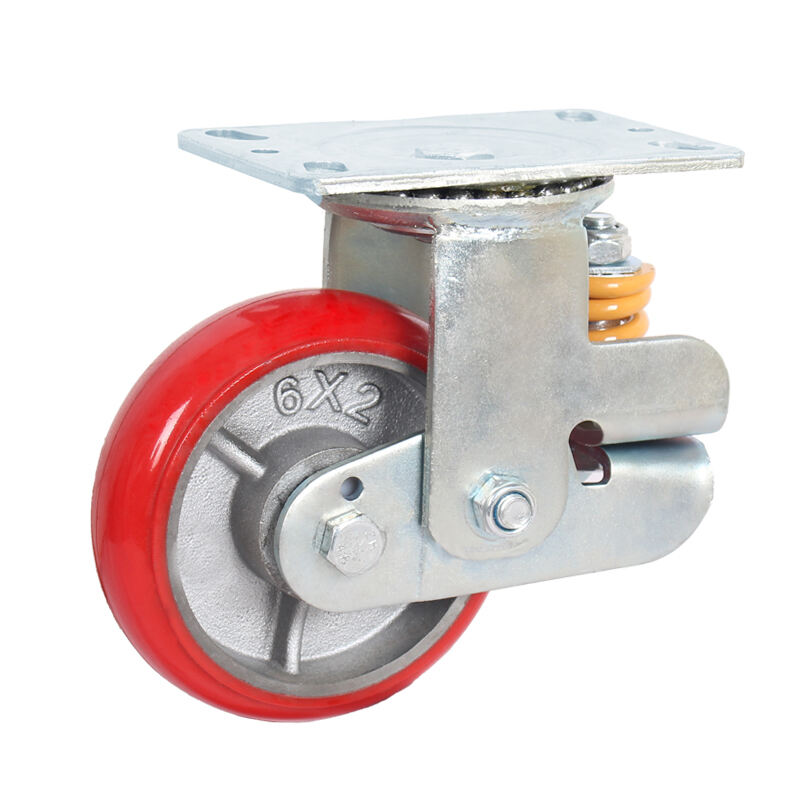castor wheels with brakes
Castor wheels with brakes represent a crucial advancement in mobility solutions, combining smooth movement with reliable stopping power. These versatile components feature a robust wheel mechanism integrated with a braking system that can be easily engaged and disengaged as needed. The design typically incorporates a foot-operated brake lever that, when activated, securely locks both the wheel's rotation and swivel movement. Manufactured using high-grade materials such as polyurethane, rubber, or nylon for the wheels and steel or zinc-plated metal for the housing and brake mechanisms, these castors ensure durability and long-term performance. The brake mechanism utilizes a friction-based system that applies pressure directly to the wheel surface or housing, effectively preventing any unwanted movement. Available in various sizes ranging from 2 to 8 inches in diameter, these castors can support weight capacities from 50 to 1000 pounds per wheel, depending on the model and construction. The integration of brakes makes these castors particularly valuable in applications where safety and stability are paramount, such as medical equipment, industrial trolleys, mobile workstations, and furniture pieces that require occasional repositioning.



